Naming interwar bombers for PR purposes
Bomber naming was rare in interwar years but it did happen. It was very much a unit initiative and the names were sometimes quite temporary. Some names, however, endured for quite some time and were transferred between aircraft (see below). In the UK the aircraft chosen to bear names was the Vickers Virginia night bomber and the main proponents of this practice were Nos 9 and 500 squadrons. Both were intended to link the squadron with a geographical area.
No. 9 Squadron chose kings and queens of Wessex - the old Saxon kingdom linked to Alfred the Great (an English hero of empire days). The definitive list does not exist anymore and all that remain are the odd names captured in photographs or recorded in squadron records. Only 3 names are known to me: 'Caedwalla of Wessex' (J7716 and K2664), 'Caewlin of Wessex' (possibly K2655) and 'Cynric of Wessex' (J8908). The name was stamped on a metal nameplate fixed to the rear turret of the aircraft
No. 500 (County of Kent) Squadron, one of the auxiliary air force squadron received Virginias when it reformed and several wore names of Kent localities. At least one aircraft was named at quite an elaborate ceremony with civic officials being present
Both No. 9 Squadron and No. 500 Squadron's aircraft names lasted quite some time. The final example lasted for less than a month for one specific mission. These were the Martin YB-10s of the Alaska Flight.
In 1934 10 YB-10s (the preproduction version of the B-10) flew to Alaska for a mapping mission and to demonstrate that the US Army Air Force was a competent force after the fiasco of the airmail flights. Several (if not all of the aircraft) were named after Alaskan cities and towns - some of them quite small and insignificant. Articles indicate that all 10 aircraft were named but I have only found photos of 6. The flight did split into two units of 6 and 4 aircraft with the larger unit being the most filmed. The names were painted in white on the aircraft nose in the format 'City of...' with the Alaskan state flag. This seems to have been only for the ceremony as the flag and 'City of' part of the name was painted over
Naming of interwar bombers wasn't very common at all and when it did happen it had a serious purpose as opposed to the names the USAAC used in the second world war. The RAF also continued to name bombers in the second world war but these were frequently to link a financial donor with a specific aircraft. The purpose of naming interwar bombers was very much to emphasize the regional links between the unit and the region.
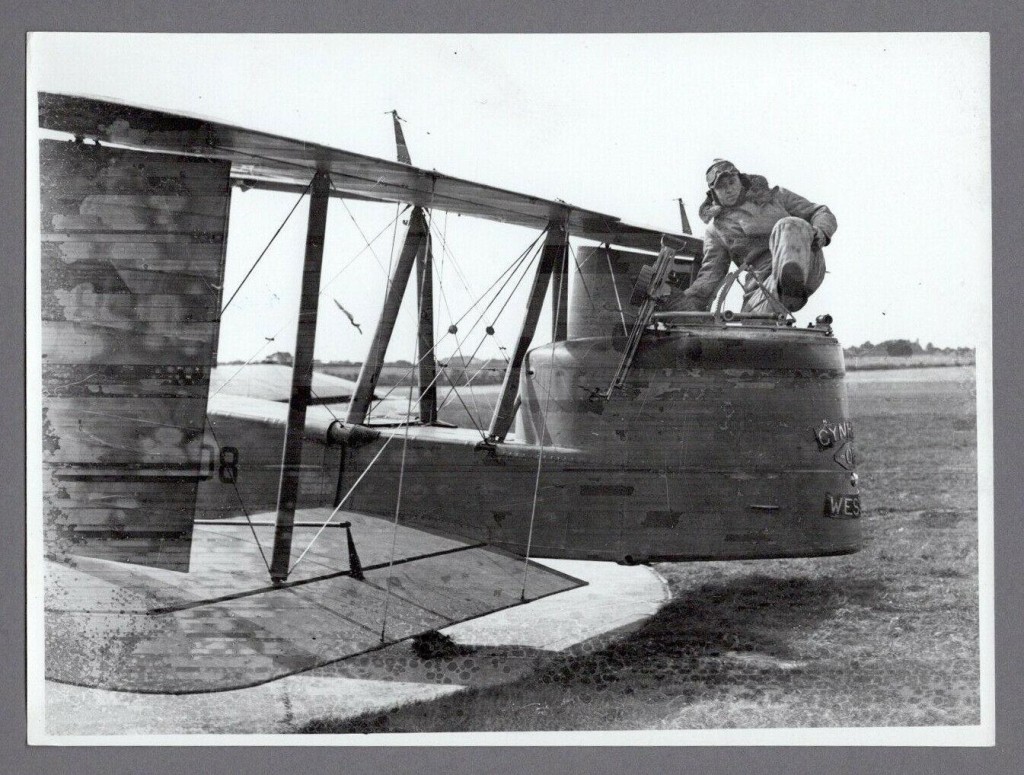
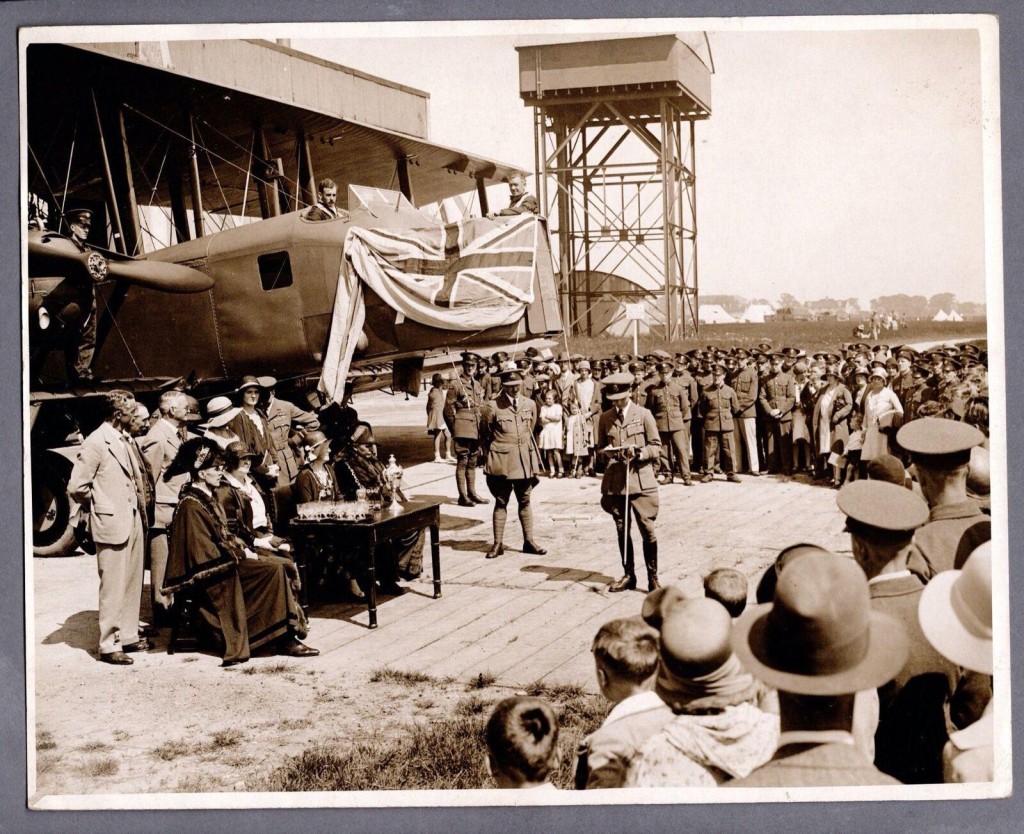
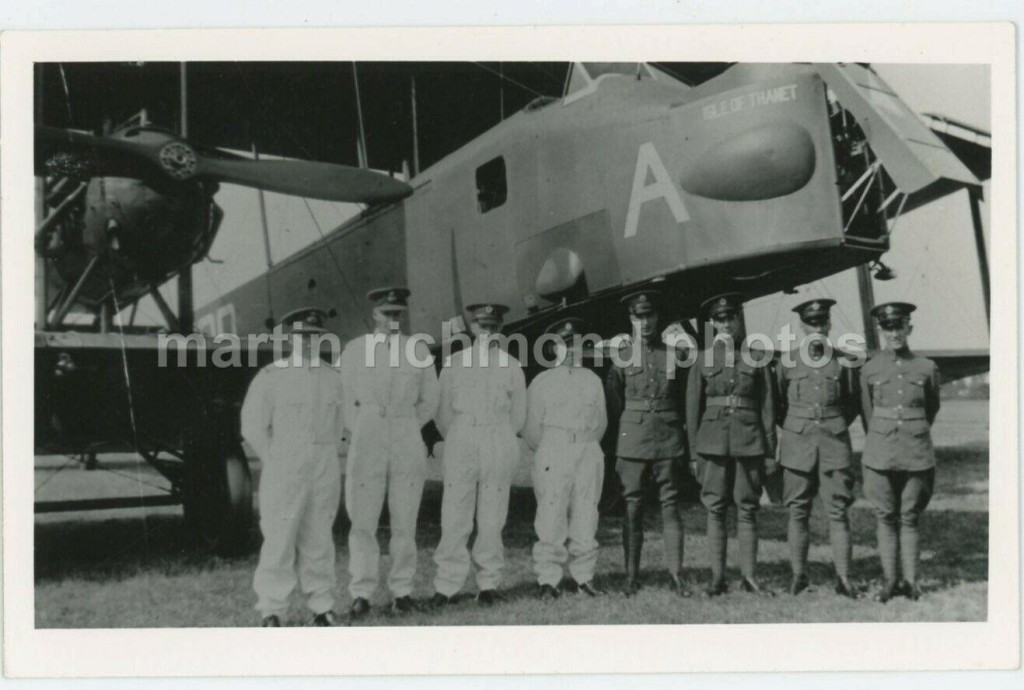
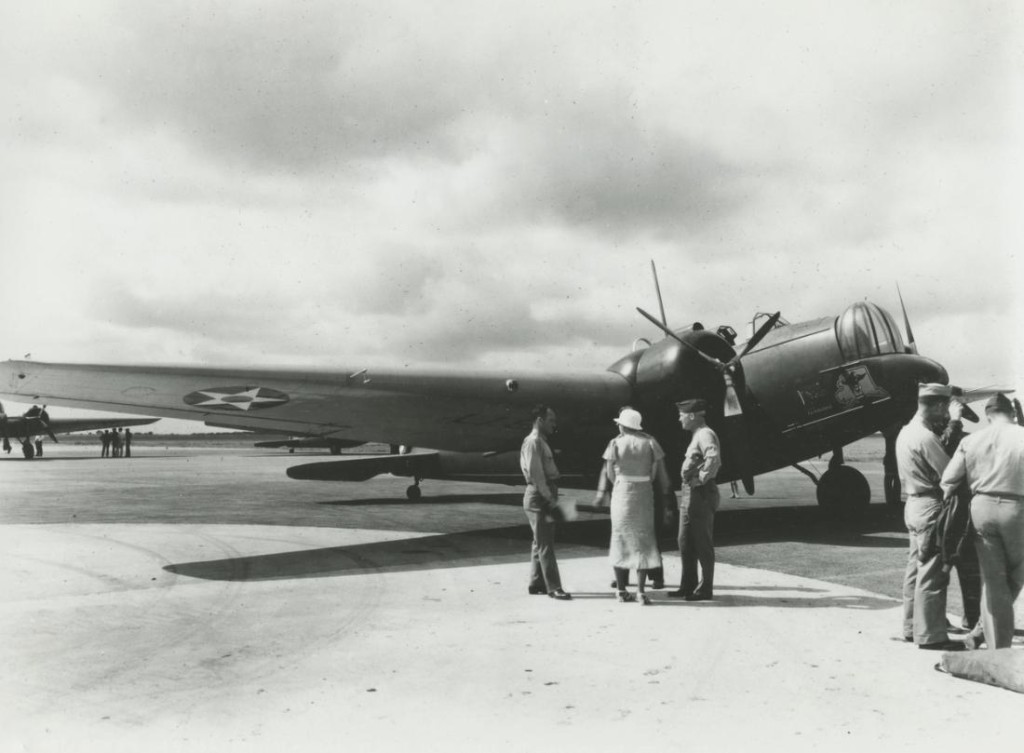

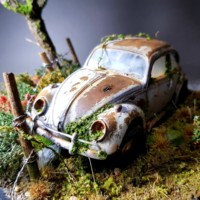
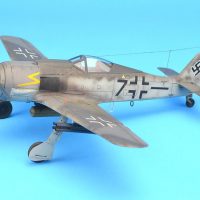
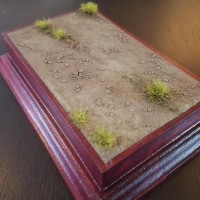
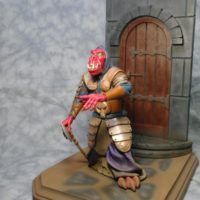
Another superb article, Christopher! Thanks for this amazing info!
Very interesting article, Christopher @christopher
Thanks for sharing.
Hi Spiros and John
Thanks indeed for the kind comments. This is a pretty esoteric topic and I only wish I had more detail on the names.
Very interesting article, Christopher. I learned a lot!
Nice article Christopher, one is never too old to learn some history and I did after reading you article. BTY, there is a B-10 on display at the USAF Museum.
Hi Cooper and Tom
Many thanks for the nice comments - I'm glad you enjoyed it. The USAF Museum aircraft is painted as 146 from the Alaska flight but somewhat inaccurately. It's a 139W (export model of the B-10) not a YB-10 and the YB-10s stayed in the green/yellow colour scheme for the Alaska flight. This example was originally in service in Argentina before being donated to the USAF museum.
Great info, thanks for sharing.
Hi Robert
Many thanks for the comments
Hi. 'Richborough Castle' was actually K.2670 and not K6228.
'Richborough Castle' crashed at Brooklands on 16th September 1933 killing the pilot F/O Leslie Maurice Few. The other crew received minor injuries.
Many thanks for that and it's been added - my mistake in transcribing. The registration should have read K2668 (Ref: The K File).
Christopher
Hi Christopher - what is the story behind the K file?
'The K File' by James J Halley is a reference published by Air Britain which lists the service history of every K registered aircraft used by the RAF. It isn't definitive as it does contain the odd mistake but it is very reliable. For K2668 it contains the following details "Deld to Hawkinge 9.9.32; 2 ASU 27.9.32; 1 AD Gp 27.9.33 for 500 Sqn coded K and named 'Richborough Castle'; Hawkinge 11.1.36; Sold 3.1.38". (AD Gp is Air Depot Group)
I am not too sure I understand at the moment. So was K2670 rebuilt and renumbered to K2668 after this crash?
K2668 seems to have gone on to take part in air to air refuelling tests in 1936.
Was it originally an X or only after its repair?
My understanding would be that K2670 was originally named 'Richborough Castle' and crashed. The replacement aircraft was K2668 which was also given the name 'Richborough Castle'. Spare aircraft were kept in 'Aircraft Storage Units' (ASU) until needed. Both K2668 and K2670 were built as Virginia X.